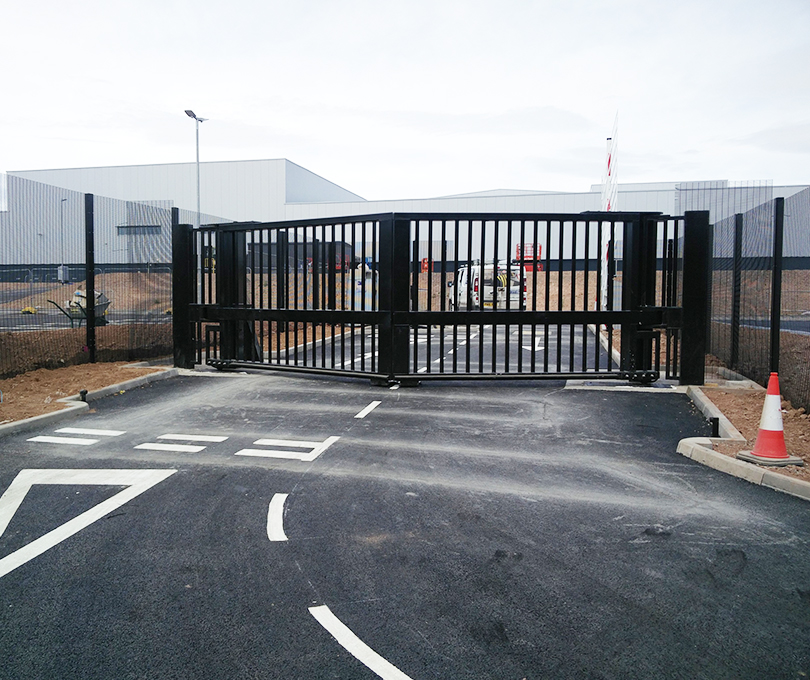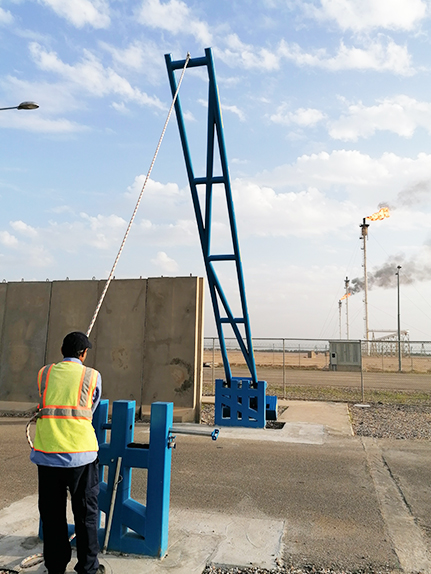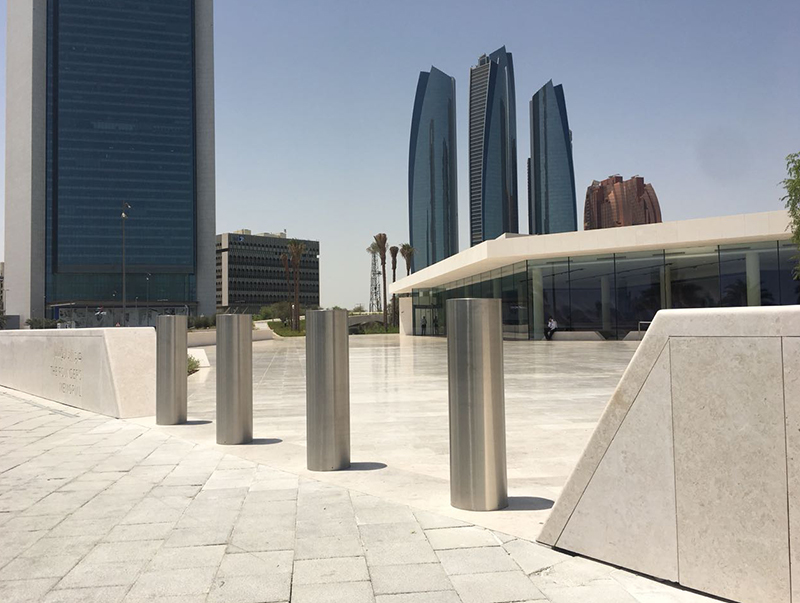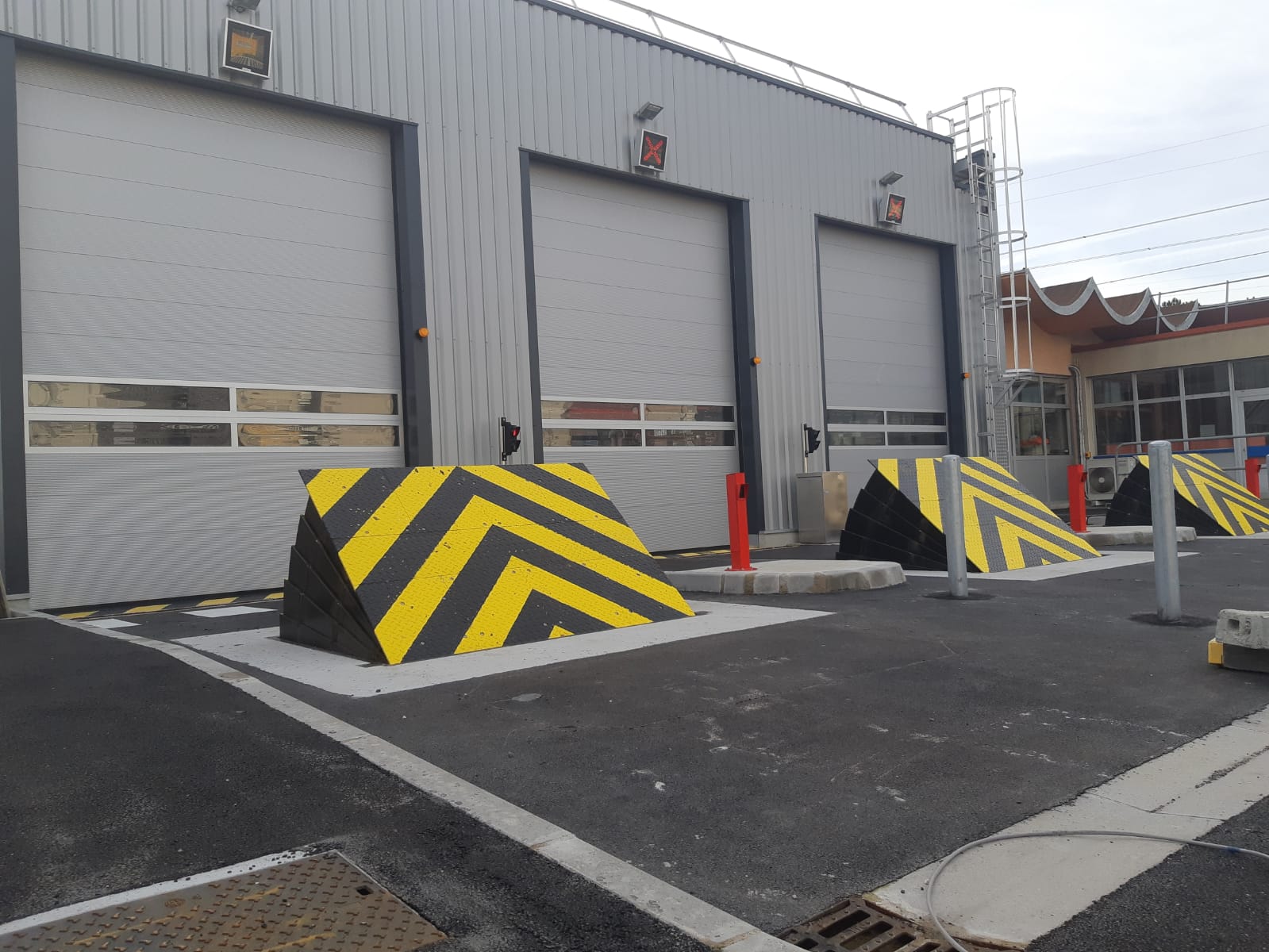In today’s fast-paced world, securing critical infrastructure is more important than ever. Hostile Vehicle Mitigation (HVM) standards, such as PAS 68 and IWA 14-1, play a pivotal role in enhancing perimeter security and preventing vehicle-borne threats. But what do these standards mean, and how do they contribute to creating secure environments? Let’s dive into the details and simplify these crucial benchmarks for infrastructure protection.
What Are PAS 68 and IWA 14-1?
PAS 68 is a globally recognized standard originating from the United Kingdom. It provides guidelines for testing vehicle security barriers (VSBs) against vehicle impacts. Essentially, it ensures that barriers—such as crash rated bollards and crash rated gates—can effectively stop a vehicle at specific speeds and weights, simulating real-world attack scenarios.
IWA 14-1, on the other hand, is an international standard that combines the best aspects of PAS 68 and ASTM F2656. Developed with input from various global stakeholders, IWA 14-1 offers a cohesive framework for testing VSBs, including crash rated road blockers and barrier gates, using diverse vehicle types and configurations, making it adaptable to worldwide threats.
Key Features of PAS 68 and IWA 14-1
PAS 68:
- Focuses on U.K.-based threat vehicles.
- Includes detailed performance classifications for different barrier types (e.g., bollards, gates, road blockers).
- Uses a standardized approach for testing penetration distance and debris dispersal.
IWA 14-1:
- Expands testing to include global vehicle types, addressing international security needs.
- Combines PAS 68’s structure with additional guidance on installation configurations.
- Provides flexibility for testing in varying soil types and rigid installations, catering to diverse environments.
Performance Criteria Comparison Table
| Criteria | Description | Example Values |
|---|---|---|
| Vehicle Type and Weight | From small cars to large trucks, the standards simulate various potential threats. |
|
| Impact Speed and Angle | Testing includes scenarios where vehicles approach at high speeds and different angles, mimicking real-life attack situations. |
|
| Penetration Distance | This measures how far a vehicle travels after impact, ensuring barriers like crash-rated bollards and gates can contain the threat without breaching the protected area. |
|
| Debris Dispersal | Standards evaluate how debris from an impact may spread, addressing potential secondary risks. |
|
Practical Applications in Infrastructure Security
The implementation of PAS 68 and IWA 14-1 ensures that barriers are not only tested but proven to withstand real-world threats. Here’s how these standards are applied:
- Airports: Protecting terminals and runways from unauthorized vehicle access using crash rated gates and road blockers.
- Oil and Gas Facilities: Mitigating risks from high-impact threats to critical energy assets.
- Public Spaces: Securing areas like stadiums and pedestrian zones with crash rated bollards to prevent vehicle-based attacks.
- Government and Military Sites: Strengthening the first line of defense against intentional breaches.




Simplifying the Standards for Decision-Makers
For those tasked with selecting security solutions, it’s essential to work with providers who comply with these globally recognized standards. At Frontier Pitts Middle East, we prioritize PAS 68 and IWA 14-1 compliance in all our hostile vehicle mitigation products, ensuring top-tier protection for critical infrastructure across the region.
By choosing barriers tested to these rigorous benchmarks, decision-makers gain confidence in their infrastructure’s ability to withstand potential threats, reduce risks, and safeguard lives.
Conclusion
PAS 68 and IWA 14-1 are more than just technical standards—they are vital tools in the fight against vehicle-borne threats. Whether it’s protecting high-risk facilities or public spaces, these benchmarks ensure that security measures are robust, reliable, and ready to face modern challenges.
Investing in compliant security barriers isn’t just about meeting regulations; it’s about prioritizing safety, protecting assets, and staying ahead of evolving threats.
References:
